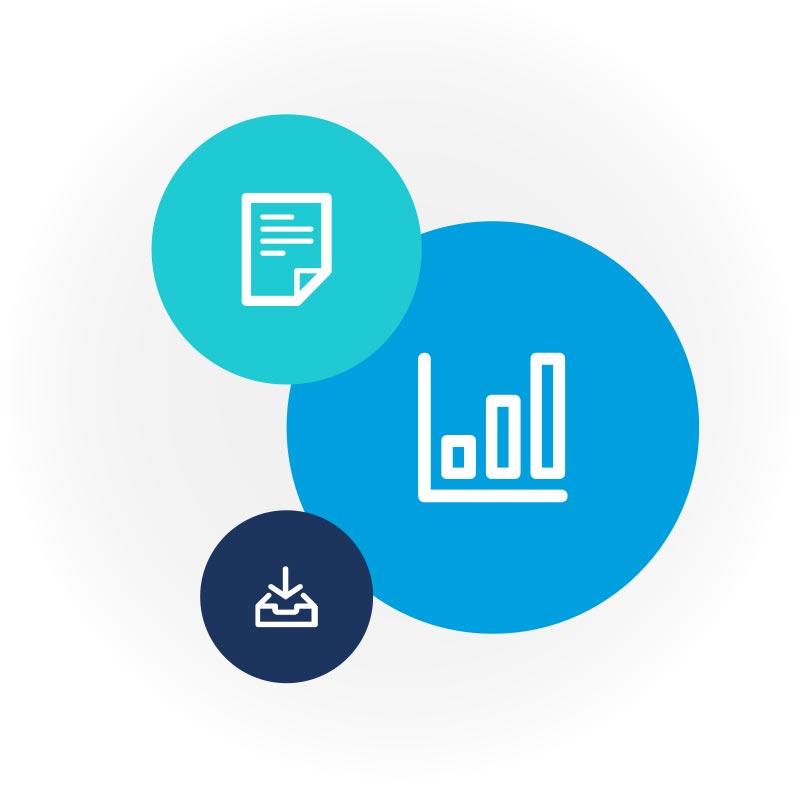Crunch These 6 HR Metrics To Measure Productivity (And Improve Your Bottom Line!)
Want to know if your company is a well-oiled machine? Your CPHR can tell you.
By keeping track of employee absence rates, overtime hours, benefits costs and other meaningful metrics related to your most important asset – human capital, your CPHR is actually gathering very useful data about how well your company operates. By tapping into that information, they are able to calculate the productivity and profitability of your business.
HR Metrics are analytics designed to help evaluate how effectively your investment in people is being utilized. The better the return, the more value is being generated by employees and the more your organizational goals are being supported across the board.
If the numbers show a troubling trend is emerging, then you must work with your CPHR to investigate the root cause. For example, if you see that there is a higher than normal absentee rate during flu season, you might want to consider offering flu shots to reduce the number of sick days. Or, if you notice that turnover is especially high in the sales department, you may want to speak to the sales manager to see if additional training, incentives or employee engagement is needed.
Here are a few examples of measureable HR Metrics that can speak volumes about your company-wide performance:
- Profit Formula = (revenue – operating cost) / total full-time employees
How much revenue is generated by your team? Using this metric, it is possible to calculate the number of pre-tax profit dollars generated by every full-time employee. - Staff Absentee Rate Formula = # of days in a month / (# of employees x # of days)
This handy metric can be used across the entire company, per department, per job role, or per month in order to identify which areas or time periods are showing the highest absentee rates. - Turnover Rate Formula = # of employee separations / # of employees
Useful in determining issues in certain departments or job roles, if you discover high turnover in a particular area of your business, you may want to investigate the issue further by collecting data from employee surveys or exit interviews. - Benefits Cost per Employee Formula = total $ cost of all benefits / # of eligible employees
Evaluate the cost for your company’s total benefits package or for a single benefit. Remember when calculating this expense to deduct the amount of the employee’s contribution. - Overtime Cost Formula = overtime hours / # of people working overtime
By pinpointing your businesses’ peak business periods (by week, month or quarter), you can consider whether it is more cost-effective to pay overtime to employees, to temporarily move some workers to cover peak shifts, or to hire temporary staff to help out. - Recruiting Source Effectiveness = # of applicants hired / # of applicants from recruiting source
If you use several job posting and career sites for recruiting and want to measure their effectiveness, this metric can help. By determining which avenues are more effective than others, it will help save expenses and streamline your recruiting process.
By using HR Metrics, your CPHR can help you identify areas that need attention and develop solutions that will keep your business running smoothly and profitably.
Feature Download
HR Metrics Affect Your Bottom Line
Source: CPHR British Columbia & Yukon

